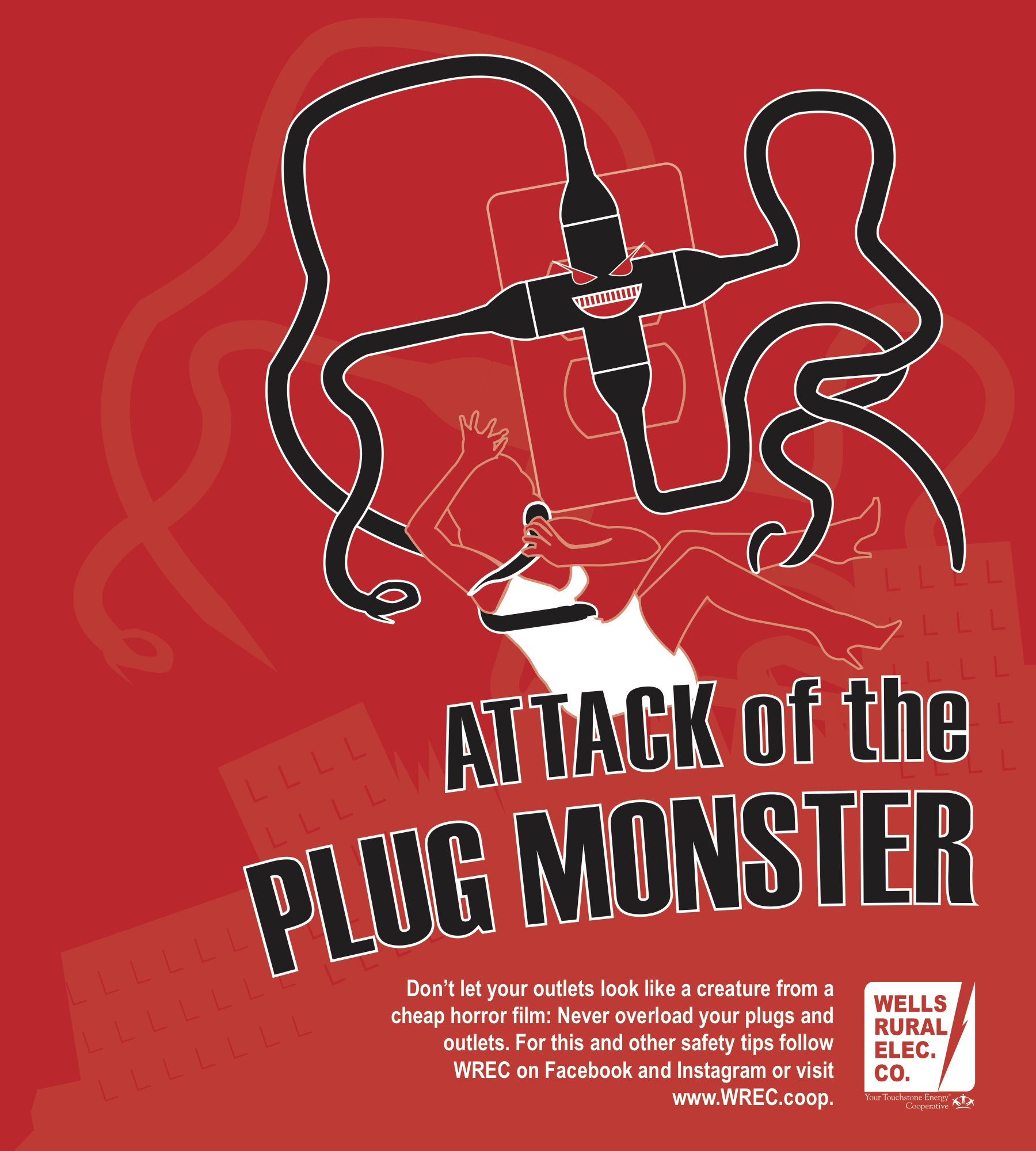
By Sally C. Pipes
During his State of the Union address, President Trump pledged to drive down drug prices.
That’s a worthy goal. Fortunately, the Trump administration is already pursuing it in ways that protect patients and encourage research and development. Many strategies that candidate Trump proposed on the campaign trail would have done more harm than good.
Candidate Trump wanted to repeal Medicare Part D’s “non-interference clause,” which prevents the federal government from negotiating drug prices with manufacturers. Private insurers currently handle negotiations for Part D, a prescription drug program that benefits about 42 million Americans.
Such interference wouldn’t result in lower prices. Private insurers already extract discounts from drug companies. Giving federal bureaucrats the power to negotiate prices “would have a negligible effect on Medicare drug spending,” according to the nonpartisan Congressional Budget Office.
Federal negotiators could only obtain lower prices by establishing a national formulary of preferred drugs. That would make many medications completely inaccessible for seniors.
The U.S. Department of Veterans Affairs uses such a formulary. As a result, veterans don’t have access to nearly 20 percent of the most commonly prescribed drugs under Medicare Part D.
Candidate Trump also advocated for drug price controls.

Imposing such caps would hinder efforts to develop breakthrough medications, as pharmaceutical companies would struggle to justify research expenditures. Nations that rely on price controls to artificially keep prices low are free riding on U.S. patients, who fund the bulk of medical research and development. The average new medicine costs about $2.6 billion to bring to market.
The Trump administration jettisoned these counterproductive policy proposals. It’s now pursuing measures that curb costs while improving the quality of American health care.
Consider the president’s reauthorization of PDUFA, a 1992 law allowing the FDA to charge pharmaceutical companies for reviewing drug applications. This extra revenue enables the FDA to review applications faster. As a result, more medications make it to market sooner — opening up options for consumers and lowering prices through competition.

Another promising step is a proposed rule from the Centers for Medicare and Medicaid Services (CMS). The rule would curb price gouging by pharmacy benefit managers (PBMs). These middlemen negotiate with drug manufacturers to obtain discounts for insurance companies.
PBMs use their buying power to extract rebates from drug makers. From 2010 to 2015, the value of those rebates increased by more than 20 percent annually. But patients picking up their prescriptions often don’t benefit from these rebates.
The rule would require PBMs to pass along some of these rebates to Medicare patients. Beneficiaries could pocket more than $10 billion in total savings.
The biggest reforms are taking place at the FDA. Commissioner Scott Gottlieb has endorsed “adaptive” clinical trials, which allow researchers to adjust experimental drug tests based on real-world evidence. This speeds up the R&D process and results in savings for drug companies, more drug applications for the FDA, and more options for patients. More drugs on the market force manufacturers to compete on price.
On the campaign trail, candidate Trump promised he would deliver lower drug prices. One year into his presidency, he’s on his way to achieving that goal — thanks to his abandonment of statist price controls and embrace of free-market reforms.
Sally C. Pipes is President, CEO, and Thomas W. Smith Fellow in Health Care Policy at the Pacific Research Institute.


